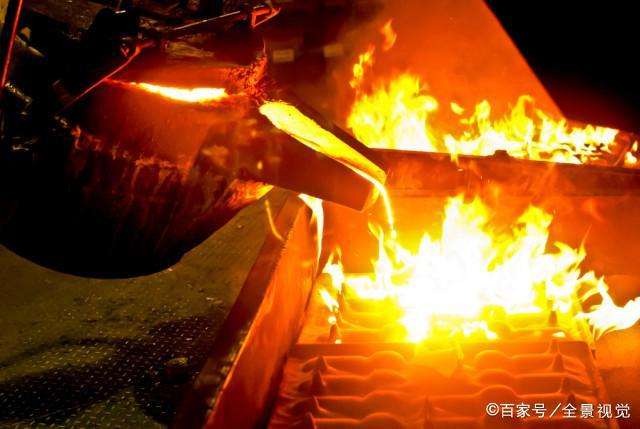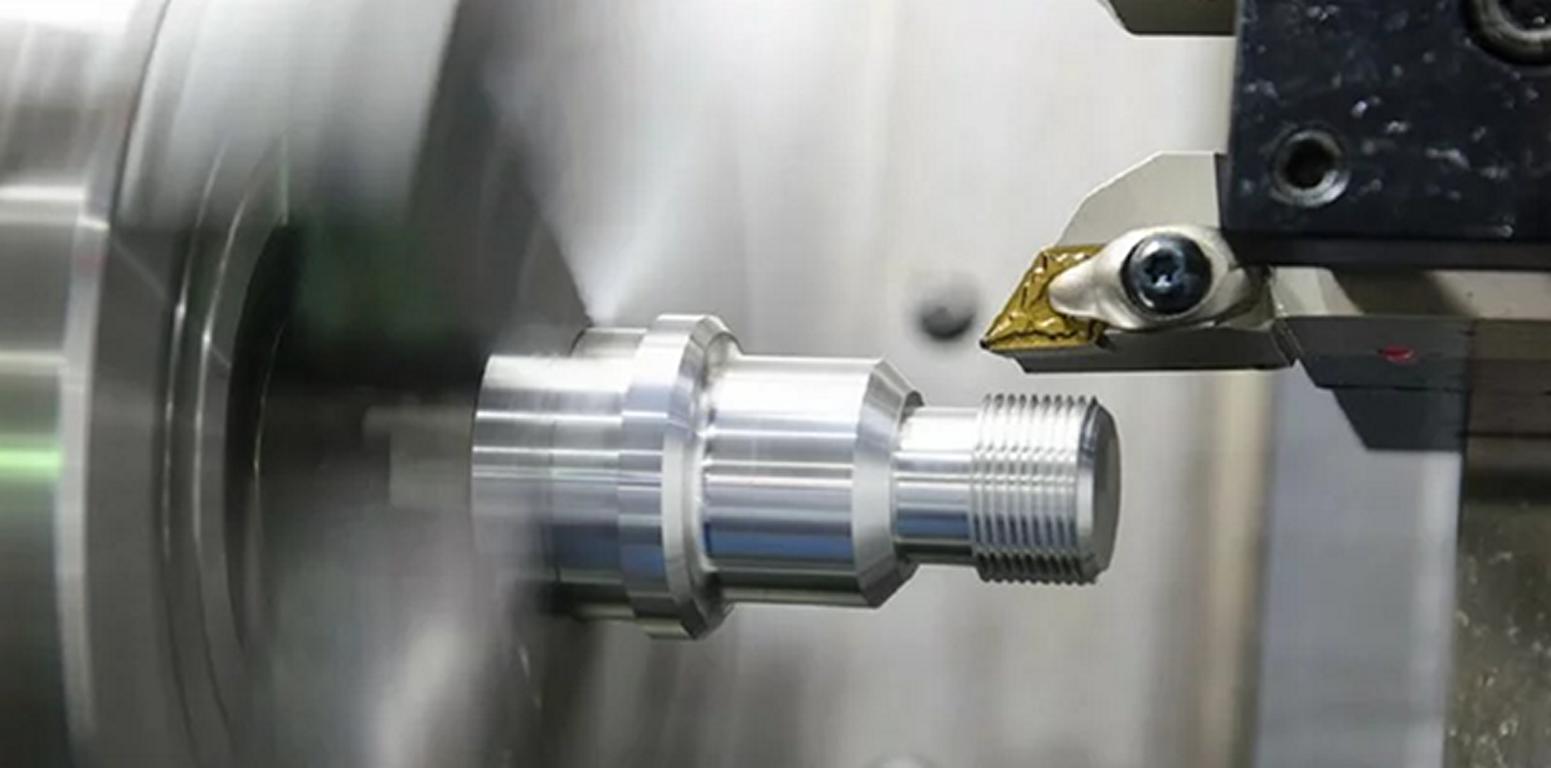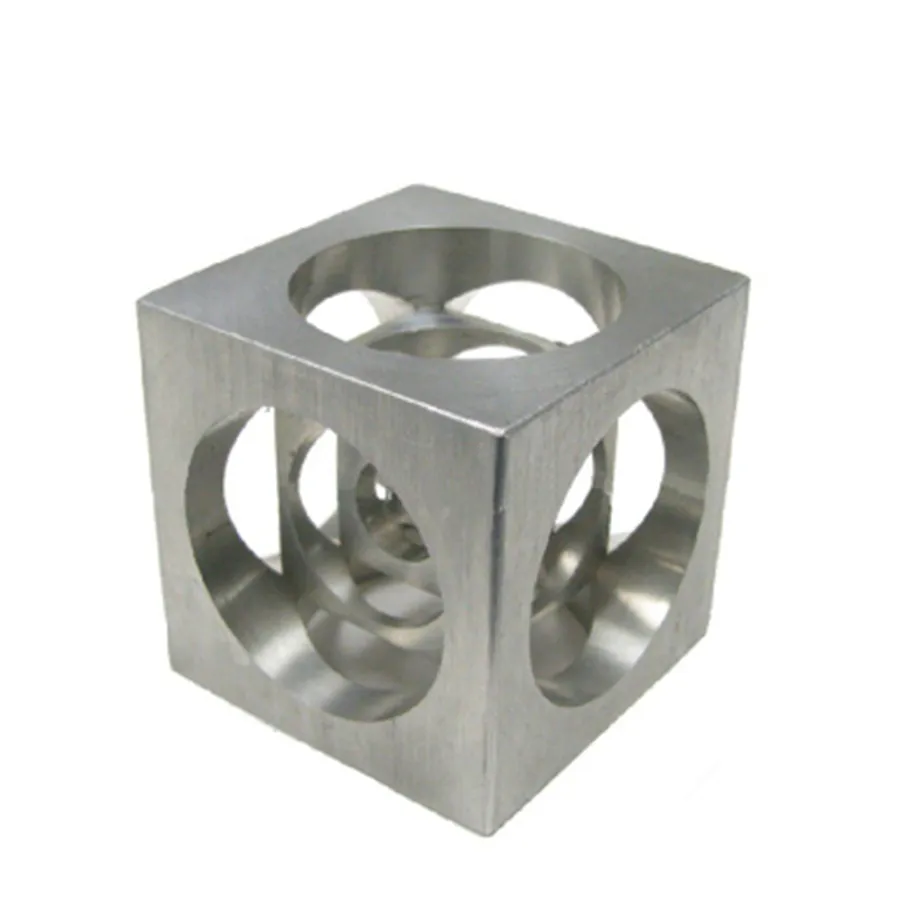From hard steel to relatively soft plastics, CNC technology’s machining capabilities cover a wide range of common materials:
1. Aluminum alloy
Such as 6061 and 7075, are commonly used materials, with a density of 2.7-2.8g/cm³, very light, only about 40% of steel. High strength, but poor fatigue resistance and high temperature resistance, usually used in various casings or structural components. The frame of your phone, camera, or computer may be made from a single piece of aluminum CNC machined. Aluminum alloy also has good corrosion resistance, the dense aluminum oxide layer on the surface can effectively isolate oxygen, water, and weak acid/alkali environments from corrosion, but still requires anodizing or painting for protection.
2. Carbon steel
Carbon steel is divided into low carbon steel (C≤0.25%), medium carbon steel (C 0.25%~0.6%) and high carbon steel (C≥0.6%) according to the carbon content. On the contrary, the lower the content, the lower the hardness, and the easier it is to process.
Carbon steel has high density (about 7.8g/cm³) and high strength, after years of development, there are many models, such as Q235, A36, 1045, and so on, you need to choose the right model according to the actual application. It is also necessary to consider the corresponding issues in advance during the machining process, such as the cutting of high-carbon steel needs to pay attention to the wear of the tool, and the sharp edge cracking of the parts needs to be paid attention to the low-carbon steel.
3. Stainless steel
Stainless steels are enhanced by the addition of elements such as chromium, nickel, molybdenum and nitrogen to increase their corrosion resistance for specific environments. According to the metallographic organization, stainless steel can be roughly divided into three types: austenitic stainless steel (non-magnetic), ferritic stainless steel (strongly magnetic) and martensitic stainless steel (strongly magnetic).
Among the austenitic stainless steels, 303 stainless steel is commonly used in CNC machining due to its high sulfur content which makes it easy to cut, but this also results in reduced corrosion resistance. On the other hand, 304 and 316 stainless steels harden significantly during the cutting process and have poor thermal conductivity, leading to a buildup of heat generated during the cutting process and increased tool wear. Therefore, choosing the right tool and setting the right cutting parameters is critical.
Common ferritic stainless steels include 430, 439 and 444, which are prone to edge chipping and chip adhesion during cutting, so it is necessary to avoid these problems by choosing tools with TiN/TiCN coatings or ceramic tools.
Martensitic stainless steels are the hardest (HRC 50-60) and most wear-resistant of the stainless steels. Common types include 410, 420 and 440C, which are commonly used in the manufacture of bearings and cutting tools. During machining, attention should be paid to tool wear. It is best to choose high hardness tools and use a low speed cutting strategy.
4. Titanium alloys
Titanium alloy has a low density of 4.5g/cm³, about 60% of steel. Its strength is higher than aluminum alloy and steel, tensile strength can reach more than 1000MPa, is 2-5 times that of aluminum alloy. Corrosion and temperature resistance are superior to stainless steel and second only to platinum. Moreover, pure titanium is very biocompatible. For this reason, titanium is often used for aerospace components, medical implants, and high-end consumer products. Common types include pure titanium (Grades 1-4), Ti-6Al-4V (Grade 5) and Ti-5Al-2.5Sn (Grade 6).
The disadvantage of titanium is that it is difficult to machine, which is why many machined titanium alloys are expensive. Its poor thermal conductivity can lead to heat buildup during cutting, resulting in reduced tool life. It is also prone to chemical reactions with the tool at high temperatures, causing chip buildup and further reducing tool life. Therefore, special tools, low speeds and large feeds are generally used in machining.
5. Copper
Copper is widely used in electronic and mechanical fields because of its excellent ductility, electrical conductivity and thermal conductivity. Commonly used models are: C11000 (Pure Copper), H62 (Cu-Zn Alloy, Brass), QSn6.5-0.1 (Bronze).
Pure copper has good plasticity, but this will also lead to serious sticking during cutting, chips are not easy to break, and the problem of winding tools, which requires the use of special tools and cutting fluids.
Brass has the best cutting performance because of the lead it contains, but this also leads to more broken chips and easy to pollute the environment. Tin in bronze will cause hardening during machining and is prone to burrs.
6. Plastics
Traditional plastic processing methods such as injection molding and blow molding require high mold manufacturing costs. CNC machining is ideal for plastic prototype part verification or low-volume production. But CNC technology can only process plastics with a certain hardness, and it can’t do anything in the face of softer materials like silicone. Common CNC machined plastics are:
• ABS: Cheap and easy to process, good impact resistance, commonly found in electronic  product shells and car interiors.
• Nylon (PA): The performance of wear resistance and fatigue resistance is very good, with  self-lubricating characteristics, it can be processed into gears and bearings and other
• Polycarbonate (PC): transparent and resistant to high temperatures below 120 degrees, can make transparent protective covers, optical lenses.
• POM(Delrin): High strength, high density, low surface friction coefficient, suitable for the production of precision parts such as gears.
• PEEK: High-temperature resistance of 260 ℃, chemical corrosion resistance, better strength  than POM, tensile strength can reach more than 90MPa.
• HDPE: Food grade material, soft texture.
• PTFE: Resistant to 260 ℃ Celsius, non-stick and insulating, it is commonly used in a variety of coatings, such as pans and jackets.
Because of the characteristics of plastics, it is necessary to pay attention to controlling the cutting temperature to prevent melting during the cutting process; Use sharp knives to avoid edge burrs; Increase the rotational speed and reduce the depth of cut to prevent material deformation.
When choosing the right material, you should not only consider performance, but also price is one of the important considerations. Among these metal materials, the most expensive is titanium alloy, which is about 10-15 times that of aluminum alloy. While aluminum is the optimal solution for lightweight needs, the price is relatively cheap, slightly lower than the price of stainless steel. Many people think that the price of plastic is cheaper than metal, in fact, among the common plastics, the cheapest ABS plastic price is more expensive than carbon steel, and Teflon, POM and other materials are even more expensive than stainless steel, the most expensive PEEK, the price is comparable to titanium alloy.






